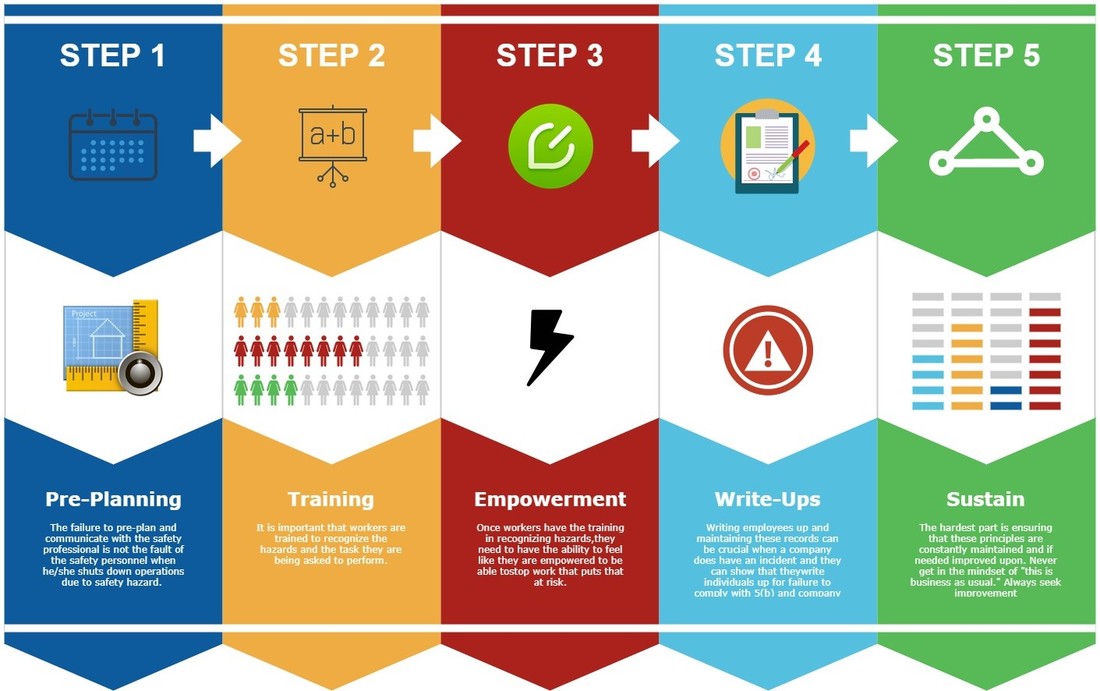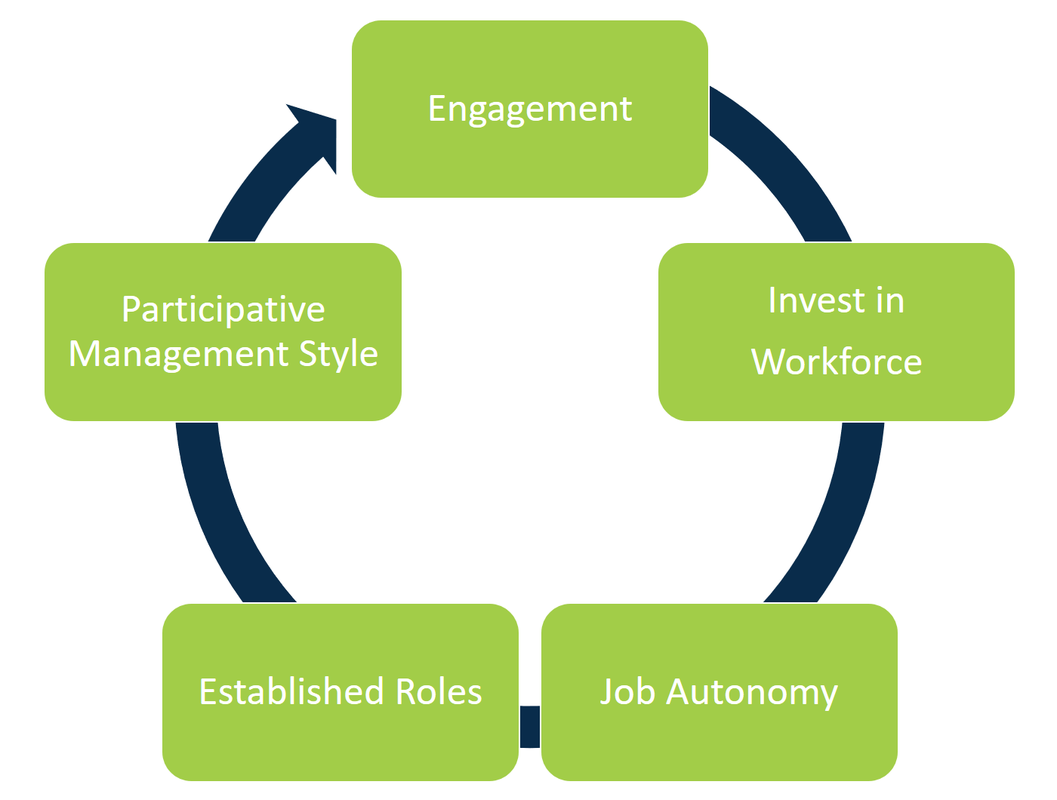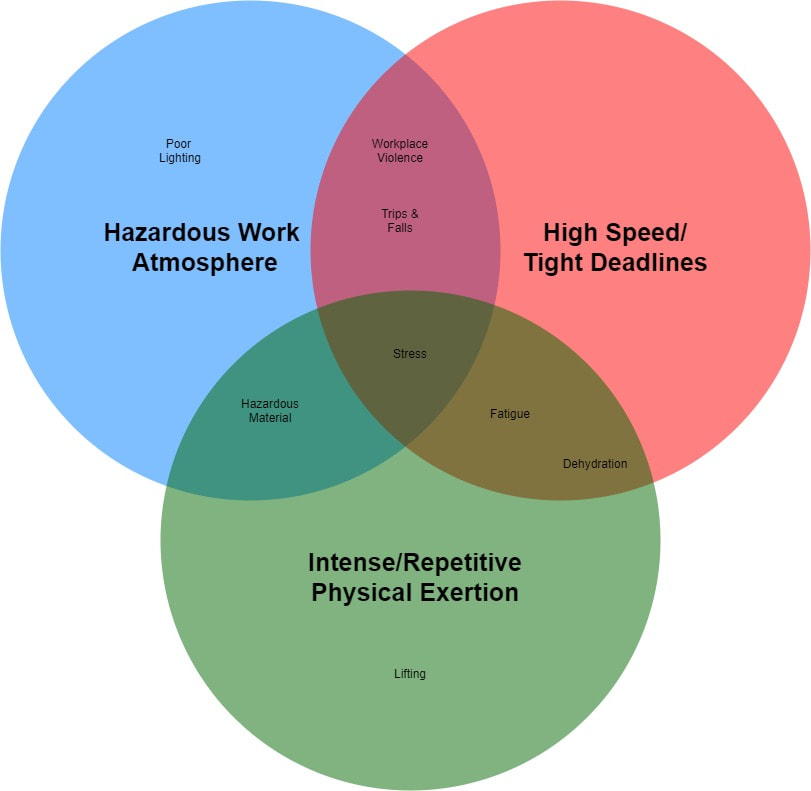|
Perhaps no day in basic was as anti-climactic as live grenade training; the reason, was safety related. Like anything in basic training there is a walk, crawl, and run phase. The walk phase started the week earlier using rubber grenades. The crawl phase was performing a dry run with practice grenades which had pyrotechnics in them. All this culminated in the run phase with live grenades. The most important phrase which I had to memorize is a phrase from the crawl phase; forever stuck in my head is the line “proper grip, thumb to clip, twist pull pin, strike a pose, frag out” and then hit the dirt. The reason this line must be remembered and put into practice correctly every single time is for safety.  Proper Grip You must place your throwing hand on the clip of the grenade for the entire duration until the grenade is thrown. It is critical that the hand keeps a steady grip on the clip and not “milk” the grenade – this means changing the grip on the grenade, if you do this motion it looks like you’re milking a cow. If you pull the pin out of the grenade and “milk” the grenade it could explode in your hand. Thumb to Clip The next step is putting your non-throwing thumb to the clip of the grenade. The clip literally looks like a key ring. So, in this step you have both of your hands on the grenade. Twist Pull Pin Getting closer and closer to the explosion. With the non throwing thumb, you twist and pull the clip out of the grenade. This twisting and pulling feature it would be pretty difficult to do this step with your teeth. Strike a Pose The pose looks like a mix of a shot putter and a person dabbing. You’re non-throwing hand is basically supposed to be used as your aim. FRAG OUT! The grenade is a fragmentation grenade, because when it blows up it throws fragments through the air, hence the term “FRAG OUT.” This phrase is yelled loud for all others in the unit to hear. Once you throw the grenade, hit the deck. The drill sergeants made it very clear, that if we did not hit the deck, they would not hesitate to throw us to the ground. Interesting things to note. These steps should take seconds. The practice grenades are harder to employee, pulling the pin out is a real chore, and more dangerous. So, all of this sounds kind of exciting, but when it came to throw the real grenades, I couldn’t wait to get the day over. The Day All 200 soldiers in my basic training company was stuffed into a bomb proof bunker, with blast windows waiting to throw in one of three grenade lanes (each lane was separated by berms over 20 feet tall). It was extremely hot, and we were in full battle rattle. Kevlar helmet, safety glasses, gloves, ear plugs, and body armor. And it was basic training, so no talking and eyes forward—not that you could talk much with the constant explosions. The only funny thing that happened, one of my friends came back, Brandshaw, with a busted lip. The drill sergeant gave him one look and said, “looks like someone forgot to hit the ground. Don’t worry we will teach you later to hit the ground.” We were given two grenades to throw. When we ran out to the range cadre we had to yell what was our throwing hand; “right, right, right, right, right…” So, as I got out there the range cadre busted open the containers gave me my grenade, and it was go time; “proper grip, thumb to clip, twist pull pin, strike a pose, frag out” and I hit the dirt. Grenade number two I did the same thing “proper grip, thumb to clip, twist pull pin, strike a pose, frag out” and I hit the dirt. I would like to think that I threw it far, but to be honest, I don’t know exactly where the grenade landed, there was no target to throw toward and it’s not like I could see where the grenade landed. I was just ready to do my job and properly throw my grenades. And therein lies the reason for the anti-climactic, I had practiced it so many times it became routine and ordinary, it was part of our job. We never lost the sense of inherent danger of throwing live grenades or brushed it off. The crucial thing that we all can do with any high hazardous work is to ensure to have a plan in place, rehearse that plan to ensure it is safe, and perform the task the way it was practiced. This is important to remember whether that be throwing grenades or doing any other types of high hazard work.
3 Comments
I’m sure that you are aware of the OSHA Act of 1970: General Duty Clause 5(a)where it states the employer requirement, but are you aware of Section 5(b)?
(a) Each employer - (1) shall furnish to each of his employees employment and a place of employment which are free from recognized hazards that are causing or are likely to cause death or serious physical harm to his employees; (2) shall comply with occupational safety and health standards promulgated under this Act. (b) Each employee shall comply with occupational safety and health standards and all rules, regulations, and orders issued pursuant to this Act which are applicable to his own actions and conduct. What is sometimes lost in the world of safety is section 5(b) of the general duty clause and we only focus on 5(a). Partially the reason is that OSHA is going to cite the company, not the employee for working in an environment where a hazard occurs. But, if the employee knowingly put himself or herself at risk and violates company and OSHA policies, the company might not be cited. For instance, a recent case in Florida saw the judge vacate a general duty cause citation after an employee was struck by a reversing bulldozer. The reasoning—the Department of Labor representatives failed to establish that any of the workers were exposed to the struck by hazard, according to the Judge. Meaning, the employee knowingly put himself at risk against company polices. Cases like this show that 5(b) was intended to protect the company in cases where employees knowingly put themselves at risk, failure to follow their company training on hazards, and OSHA standards. So, what does this mean? Employers need to ensure they are giving the proper tools to their employees to spot these hazards. These tools include: 1)Pre-Planning, Pre-Planning, & more Pre-Planning: The failure to pre-plan and communicate with the safety professional is not the fault of the safety personnel when he/she shuts down operations due to safety hazard. 2)Training: It is important that workers are trained to recognize the hazards and the task they are being asked to perform. 3)Empowerment: Once workers have the training in recognizing hazards, they need to have the ability to feel like they are empowered to be able to stop work that puts that at risk. 4)Write-Ups: The dreaded write-ups, the hardest thing to do. It is important that safety professionals write-up employees that choose to take risk, without being asked, and create a hazardous work environment. Writing employees up and maintaining these records can be crucial when a company does have an incident and they can show that they write individuals up for failure to comply with 5(b) and company policies. 5)Sustain: The hardest part is ensuring that these principles are constantly maintained and if needed improved upon. Never get in the mindset of this is business as usual. The training tracking piece with then STAC system has the capability to allow for these tools to be put into action. A major piece in pre-planning is quickly knowing which employees are trained for what task and what further training that employees might need. Additionally, when each employee receives their own STAC card it is a representation of how serious the company takes safety and empowers them to know what training they have and when it expires. Thoughts: So, what are your thoughts on 5(b)? Have you ever heard of it? What is the current policy that you use to ensure employees are compliant with this law? I wonder what they will say in the accident investigation...
Training Tracking made easy! But, we also can do:
Electronic Documentation Storage Run Reports on Training Information Automated emails when Training is about to Expire QR cards and hardhat stickers Track Employees by Project or Location Add Incident Data into OSHA Logs Project Page & Site Verification OSHA Compliance How often do we focus on the job satisfaction of our employees? How satisfied are you in the work that you perform? It has been estimated that 52% of Americans are unsatisfied with their job. Satisfaction from work could come in many different factors: completion of a project, given input, work is rewarding, etc. But, it should come as no surprise, an increase in job satisfaction decreases workplace injuries. This job satisfaction–safety link is strongly supported by research. In fact, research has shown that job satisfaction differentiated significantly between injured and non-injured workers. Therefore, we have provided tips below to improve satisfaction.
Tips to Improve Job Satisfaction to Reduce Injuries: 1)Invest in your Workforce: Job satisfaction is enhanced when employees believe that the organization is investing in them (through training and schooling). 2)Engagement: Boredom can provoke unsafe working practices by employees engaging in risk-seeking behavior. Make sure the work is engaging and not monotonous. 3)Job Autonomy: Through investment and engagement, allow your co-workers to make decisions in their task. This flexibility allows them to break out the monotonous routine. 4)Establish Roles: Role ambiguity, which would limit the extent to which employees understand fully what is required by the job, was found to be associated with reported injuries. 5)Participative Management Style: This was the best predictor of the extent to which employees were proactively involved in their own safety as opposed to merely complying with external safety regulations. Simple enough, listen to the opinions and concerns of your co-workers and make changes based upon their demands. OSHA Act of 1970: General Duty Clause (a) Each employer -- (1) shall furnish to each of his employees employment and a place of employment which are free from recognized hazards that are causing or are likely to cause death or serious physical harm to his employees; I’m sure that any safety professional can recite the General Duty Clause just like reciting the chorus from Don’t Stop Believing from the band Journey (a song that my wife tragically banned from our wedding). But, how often have we seen or worked in places with hazards and not reported or corrected the issue? A study by the Rand Corporation produced startling facts about the American workplace. One-half of American workers reported exposure to unpleasant and potentially hazardous working conditions. I will repeat it again, 50% of American workers work in an environment that is likely to cause physical harm or death. 66% reported working at high speeds or under tight deadlines with one-fourth stating they have too little time to do their jobs. And nearly 75% of American reported that their work included intense or repetitive physical exertion on the job. These findings fit perfectly into the Bureau of Labor and Statistics on the 8 common workplace injuries: Lifting, fatigue, dehydration, poor lighting, hazardous material, workplace violence, trips and falls, and stress. Each of these common workplace injuries fit at least into at least one of the categories of hazardous work conditions, working at high speeds (rushing), and intense or repetitive physical exertion. So, don’t stop believing, just because it’s a small-town girl or city boy doesn’t mean they should have to work in a hazardous work condition. We need to ensure that we are identifying and creating solutions to workplace hazards.
What have you found is the most effective in prevention or correcting workplace hazards? Do these statistics startle you? Or is that what you see in the workplace? |
AuthorSTAC Admin Categories
All
Archives
July 2024
|




 RSS Feed
RSS Feed